Angola: Where Africa Dances
Come with us to Angola. One of the most impoverished countries in Africa. Angola is not yet known to the general public. However, this African country has a lot to offer. For example, did you know that Africa’s largest carnival can be found in Angola? Angola is a country with a long and rich history. It has a diverse geography, from the highlands of the Luanda province to the wetlands of Benguela. It is also home to a large number of different cultures and languages. Book your trip or vacation now and join us to Angola.

Angola
Name: Republic of Angola
Capital: Luanda
Population: 30 million
Surface area: 1,246,700 km²
Language: Portuguese
Neighbouring countries: Namibia, Zambia, DR Congo, Congo

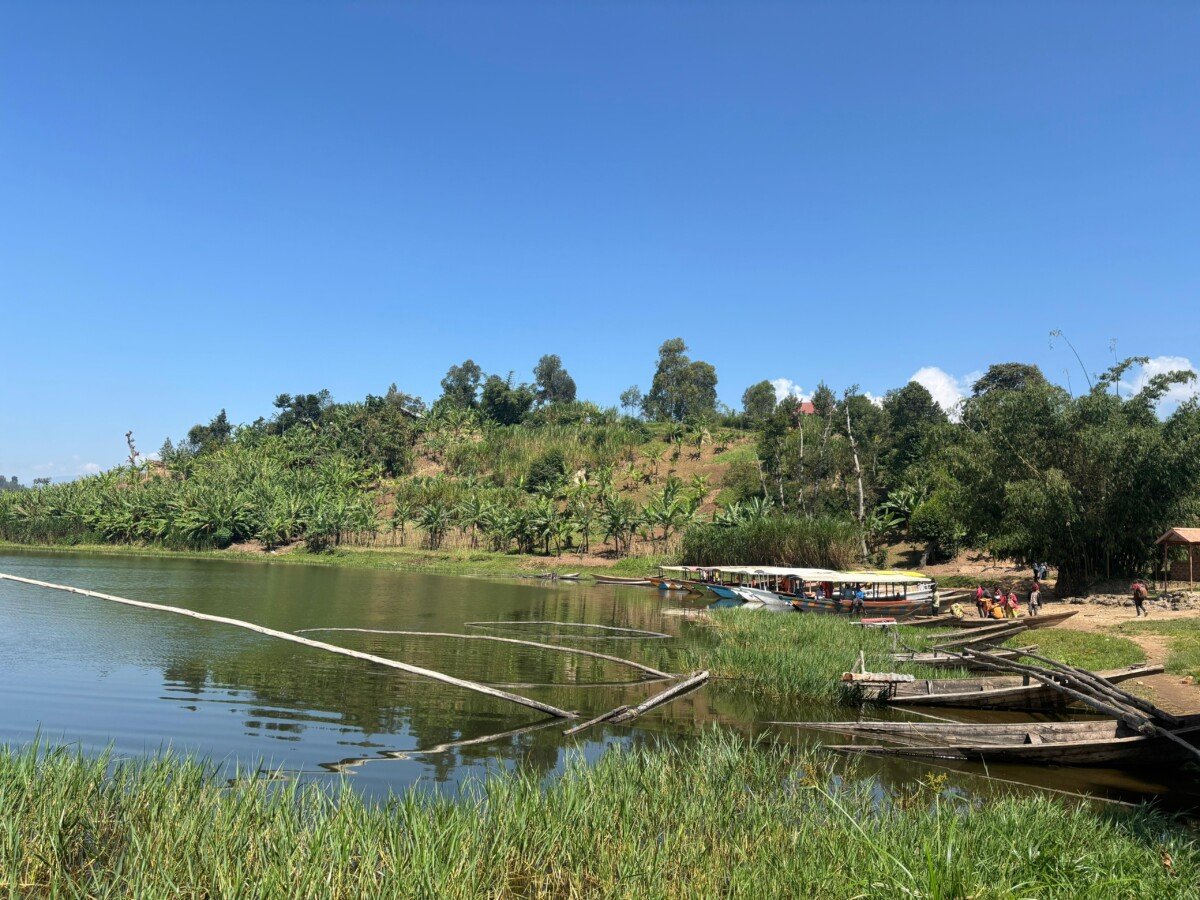
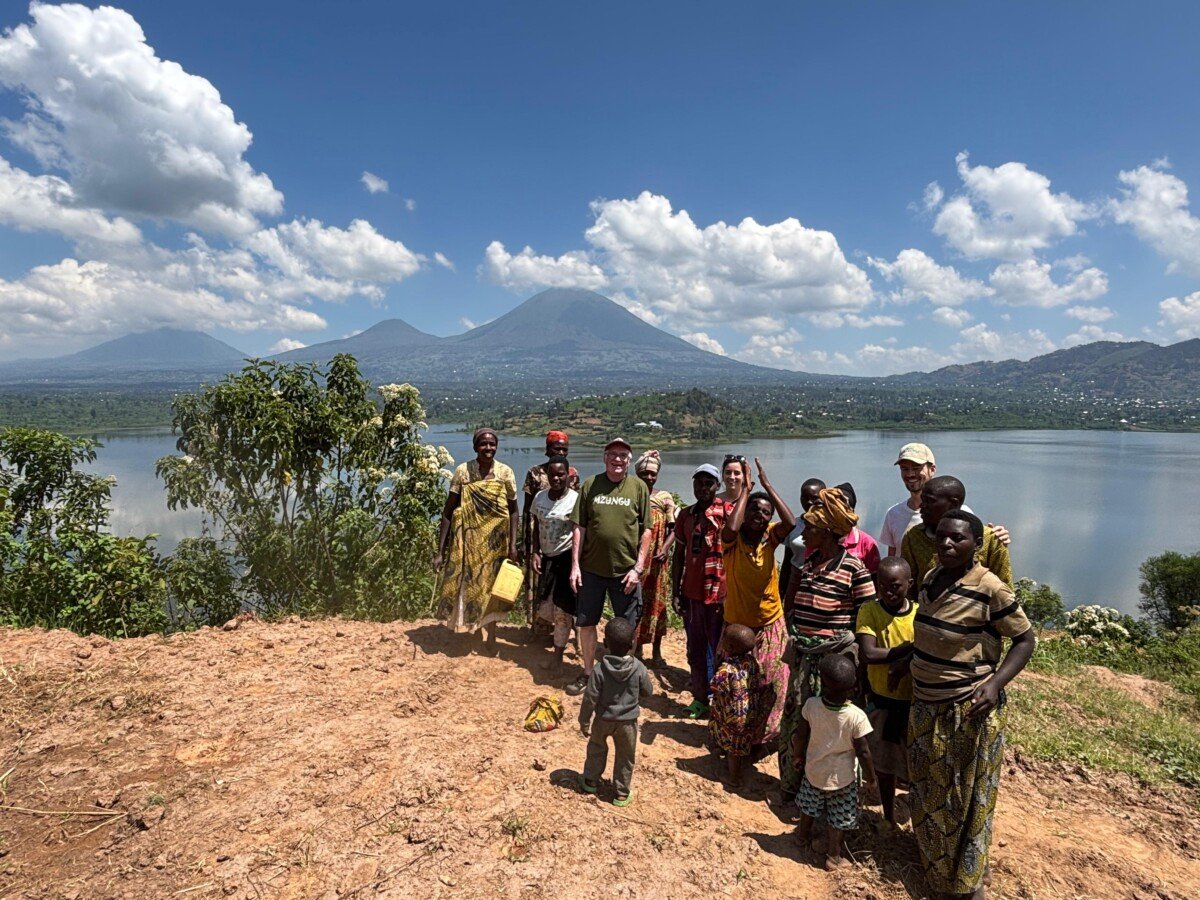

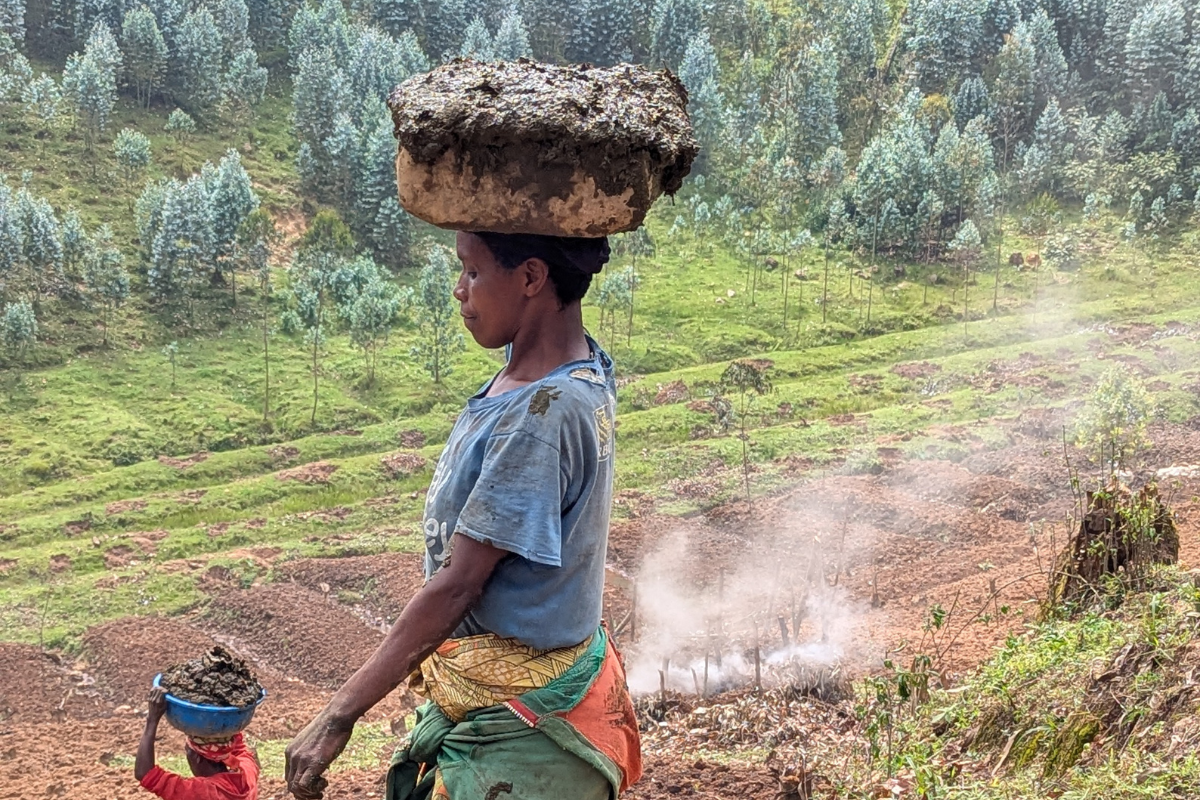
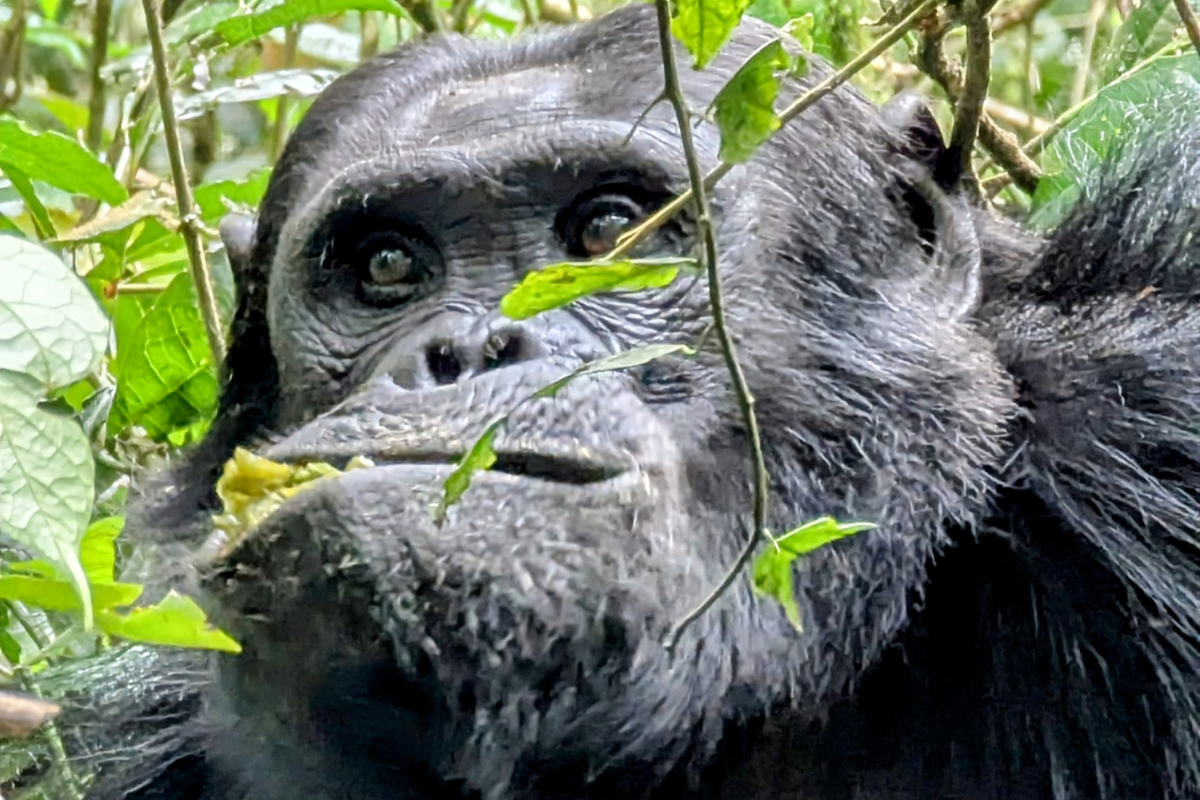
Rik, the founder of CultureRoad, led my exceptional and varied trip to Angola. The trip was well researched to provide a lot of highlights of the country in a reasonably short space of time; the trip was busy but without seeming rushed.
michael holder (australia)
Luanda
The capital of Angola is one of the largest cities in Africa. You can also see the great contrast between the rich and poor here. The center looks great, with colonial buildings, but if you drive to the suburbs you will soon see many houses made of corrugated iron. The most famous places in the city are the Ilha, a thin strip of land on the coast where many Angolans go to the beach and the old town. Here you will find an old colonial church and the famous Iron Palace.
Kalandula Falls
The Kalandula Falls is the second-largest waterfall in Africa. To get to the Kalandula Falls come you have to drive deep into the interior. The long drive is worth it: the waterfall is very similar to Victoria Falls The water clatters steadily down through an elongated rock wall. The main difference from the famous counterpart: there are no tourists here. Here you have a big chance that during your trip to Angola you are the only one admiring the falls!
Tribes in Southern Angola
The biggest draw for many travelers to Angola is the deep South. Here you will find many traditional tribes that are often barely influenced by the consumer society that you find elsewhere in Angola. Some of the best known tribes are the Mumhila, Mukubal, Muhimba, Macahone, Vatwa and Mundimba A few are relatively easy to reach, for other tribes you need a 4×4 and a lot of time. When you treat people with respect, you often have enough time to get acquainted with their local culture. You also have plenty of time to take beautiful colorful photos of their daily lives.
Serra da Leba
If you drive from Lubango to Namibe you will not only pass several local tribes. You’ll also make a spectacular descent towards the Atlantic Ocean. The highlight is the Serra da Leba Pass. You go down (or up) via a beautiful winding road. The road is so important to Angolans that the country has just declared the Serra da Leba one of its national symbols.
The history of Angola can be summarized in ‘trial and error’. The area has been inhabited by different groups of people since the early days. First through the San. After that, Bantu tribes more or less took over the area. In the 13th Century came the kingdom of Kongo in the area now known as Northern Angola. This empire derived its prosperity mainly from agriculture. Something this place on earth is particularly good for. However, everything changed when the Portuguese arrived in 1482.
Portuguese colony and slavery
The king of Kongo was no match for the modern technology brought by the Portuguese. With weapons and oppression, he became a vassal of the Portuguese. The Angolan kingdom was forced to surrender slaves, minerals and ivory to the European occupiers.
In the mid-17th Century, the Portuguese slowly lost power due to an internal shift in power towards the Spaniards. This suited the Dutch well. In 1641 they took over the Portuguese colonies in Angola. The Dutch were also mainly involved in the exploitation of slaves, minerals and ivory.
Dutch rule did not last long. Seven years later, Luanda was already recaptured by the Portuguese who had found Brazil as a power base. This was the beginning of the second Portuguese colony. Angola’s interior was otherwise well into the 19th century free from any foreign influences.
Abolition of slavery and ultimately independence
The abolition of slavery was a long process. Although it was officially abolished in 1836, there were certainly well into the 70s of the 19th century slaves used for the production of agricultural goods.
In the course of the 20th Century, the structure of the colony slowly changed into a kind of semi-independent apartheid state. The country had a very outdated economy and there was no form of higher education until well into the 1950s. In 1961, the Angolans finally rebelled against 400 years of Portuguese rule.
This colonial war ended in 1975 with Angola’s victory and independence. The very first president of Angola was Agostinho Neto. However, he died suddenly in Moscow in 1979, after which José Eduardo dos Santos took over. Peace in Angola did not last long, as almost immediately after independence, the country entered a long and heavy civil war that lasted until 2002 and cost more than a million lives. Santos eventually stayed in office until 2017, becoming one of Africa’s longest-serving presidents.
After the civil war: construction and recovery of Angolan industry
The country has been under construction and recovery since 2002. Angola is developing at a rapid pace. Especially in Luanda the developments are quick: the city transforms rapidly into a technology hub. In addition, there is a lot of new industry in Angola.
The peace in the country is good news for tourists: more and more areas are safe to travel again. As a result, the beautiful natural treasures and rich cultures of local tribes are finally discovered by tourists.
What do other customers think about CultureRoad Travel?
Blog posts about Angola

Best group tours for solo travelers
This article will describe the most unique and hard to reach destinations as a solo traveler. If you are looking for new adventures, then this…

Tribes in Angola
Angola is home to many unique and special tribes. Each tribe has its own culture, language, customs, and beliefs that make them stand out from…
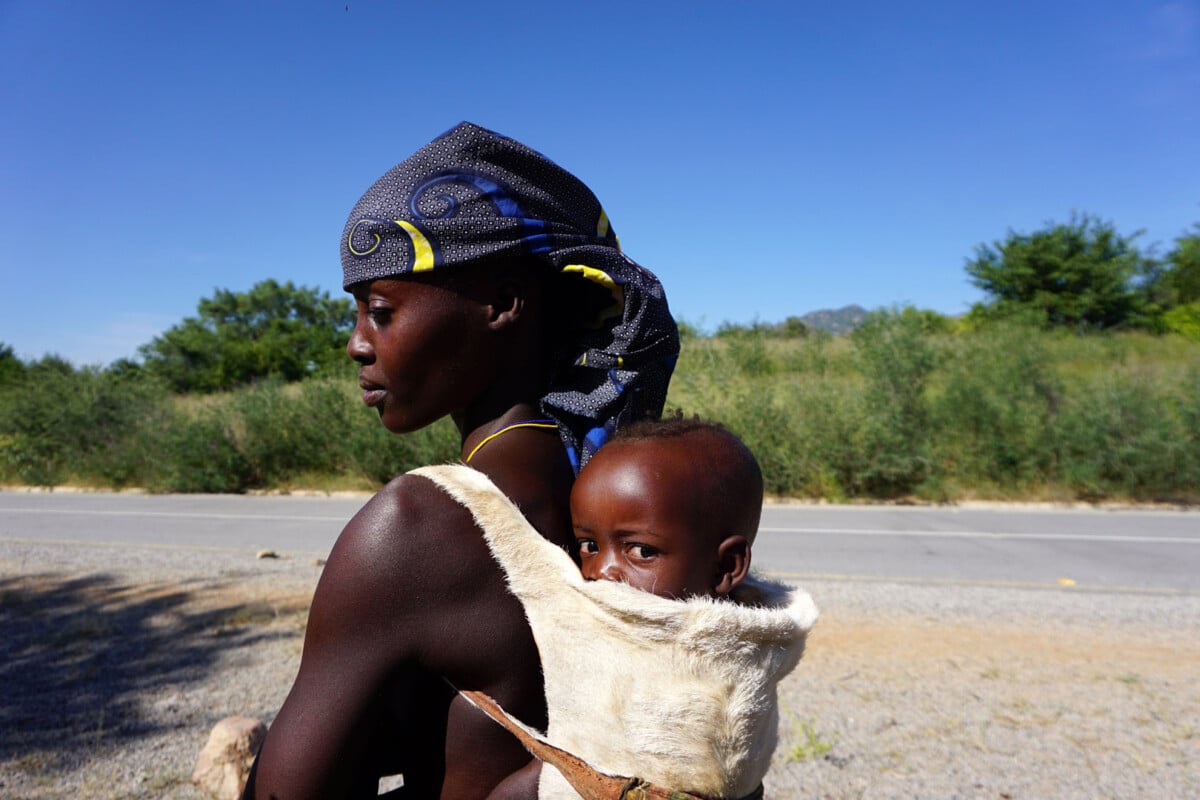
Angola’s New Visa Policy: Visa-Free Access for Travellers from 98 Countries
Angola’s visa policy has undergone a remarkable transformation. Now it became a more accessible and attractive destination for tourists. The days of navigating a complex…

Discovering the Vibrant Culture of Angola’s Mumhila Tribe
Amidst the ethnic groups that call Angola home, the Mumhila tribe emerges as a distinctive and captivating community, boasting a rich cultural heritage. In this…

The ultimate party: Carnival in Angola
Celebrating carnival in Africa is perhaps not the first place that comes to mind when we talk about carnivals, but we have found the most…